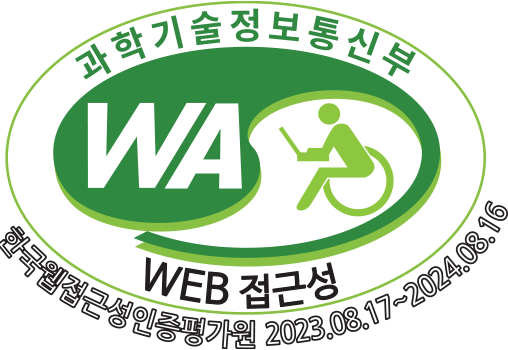2018 Exhibition of New Donations
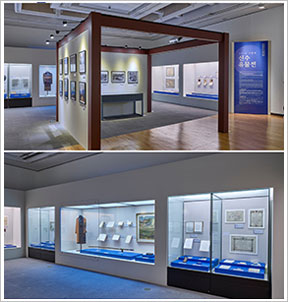
- Every year, the Seoul Museum of History receives donations of artifacts related to Seoul’s history, places and memories in order to secure the records of the city’s past and present that will become cultural heritage in the future. The ‘2018 Exhibition of New Donations’ features more than 130 items, which have been carefully selected from artifacts donated to the museum in 2018, related to the events that happened in Seoul, along with the stories of the people involved, spanning from the Joseon dynasty to post-war Korea. Donators of the items introduced in the 2018 exhibition include Horace Newton Allen who served as the political and diplomatic advisor to the Korean Empire, Professor Kim Jeong-su of Yonsei University who designed major architectural structures in Seoul including the Jangchung Arena and the National Assembly Building, President Lee Dong of the University of Seoul who contributed to the bid for the 1988 Summer Olympics to be hosted in Seoul, and Korea’s first-generation psychologist Professor Chang Byeong-rim of Seoul National University. The exhibition also introduces other items tied to the history and culture of Seoul attesting to the turbulences that Seoul went through over time. We hope that the exhibition will be an opportunity to further deepen the understanding of Seoul not only by Seoul citizens but also all those interested in Seoul.
The 20thCenturyinSeoul
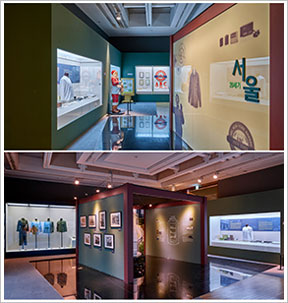
- To honor the donators’ noble intentions, the Seoul Museum of History has set up a new exhibition hall called “The 20th Century in Seoul” exhibition is divided into five themes comprising ‘Korean War in the 1950s,’ ‘Seoul’s Development in the 1960s,’ ‘Seodaemun Art Hall (1964-2012),’ ‘ABC New York Bakery (1974-2012)’ and ‘Seoul Time Capsule (1994).’ Each theme has its own historical significance and memorable values about the places and people in Seoul. The museum has striven to select items that faithfully reflect the lifestyles and activities of the people who lived the eras, and presented them in ways so visitors could feel as if they had gone back in time via time machine. We hope that “The 20th Century in Seoul” exhibition will become an opportunity for you to rediscover the values of many places and people that you may take for granted in your neighborhood.
Status and Success for the Yangban Class of Hanyang
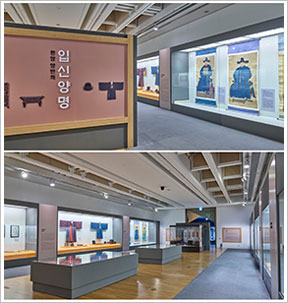
- Yangban (aristocrats) was divided into two branches such as munban (civil servants) and muban (military officers). The yangban system started during the Goryeo dynasty. However, it was in the Joseon dynasty that the system acquired its bureaucratic nuances. During the Joseon dynasty, people in the yangban class were highly recognized only when they had passed the national civil service examination and acquired the status of an official. The test called gwageo was divided into three categories such as a literary examination about Confucian classics, a military examination about a mixture of military and literary criteria, and a miscellaneous examination about technical subjects. It was the literary examination that enjoyed the highest authority and recognition in society. Founded in Confucian ideals, the Joseon dynasty needed bureaucrats well-versed in Confucian philosophy. Being appointed a government official meant an honor to his family and lots of social perks. That is why the yangban during the Joseon dynasty often struggled to pass the exam all their lives. Preparations for the exam required a great deal of time and costs. That is why the relatively affluent yangban class produced far more people who passed the exam than commoners did.
Everyday Relics at the Unhyeongung Palace
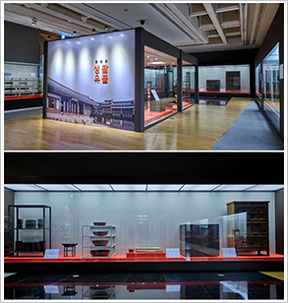
- The private residence of Heungseon Daewongun, the Unhyeongung Palace was a place where King Gojong lived until he turned 12 and ascended the throne. The Seoul Metropolitan Government purchased the palace in 1993. In 1996, Yi Cheong, the son of Yi U donated the relics of the palace to the municipal government which then turned them to the Seoul Museum of History in 1998. The museum has continued to collect and preserve additional relics of the palace. As of 2019, the museum has a total of 7,940 items from the Unhyeongung Palace in 1,504 kinds of relics including furniture, artifacts, paintings and calligraphic works. The museum has displayed the relics of the palace on various occasions. However, the exhibitions were limited to the outstanding relics of the palace, wishing for an occasion to introduce the entire collection related to the palace. Beginning with the ‘Everyday Relics at the Unhyeongung Palace’ exhibition, the museum is planning to exhibit the whole collection of the palace in sequence. The first exhibition features traditional furniture, chairs imported from overseas, items used in living rooms, and kitchenware which were actually used by the occupants of the Unhyeongung Palace. The exhibition is particularly valuable in the sense that it features rarities of everyday items used during the country’s transition period from a traditional lifestyle to a modern lifestyle at a time when Korea has few everyday items from the period.
Decisive Moments for Jeong Beom-tae
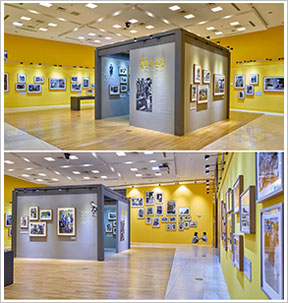
- Jeong Beom-tae worked as a photojournalist for more than 50 years, witnessing and recording numerous scenes taking place in Seoul. He won an award at Paris Biennale for this photograph entitled ‘Life and Death.’ His photographs depict student protests from Korea university being attacked by the police which led to the April Revolution, a military tribunal of the Seoul-Gyeonggi High Military Court, a mother looking for her son at a ceremony held for soldiers leaving for Vietnam War, a horseman waiting to load packs on a horseback in Malli-dong, and women waiting for an oar ferry to go back to Yeouido after shopping. Under the theme of “Decisive Moments for Jeong Beom-tae (1928-2019),” the museum features the photographs taken by photojournalist Jeong Beom-tae, including his honest presentation of the historic moments that the city underwent for decades and his warmhearted depiction of citizens’ struggle with their daily routines. We hope that you join us to have an opportunity to look back at what Seoul looked like many years ago, and have a time travel to the past and remember what happened in the city back then.












